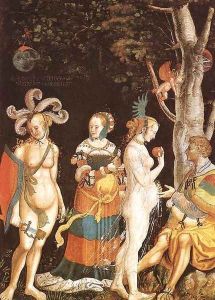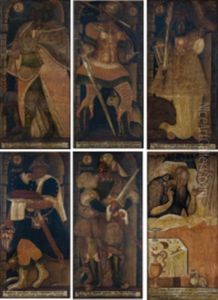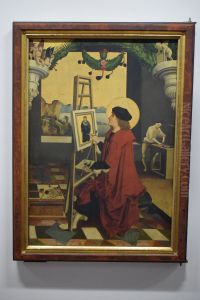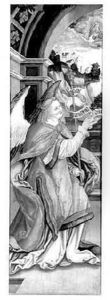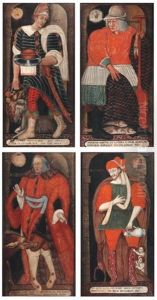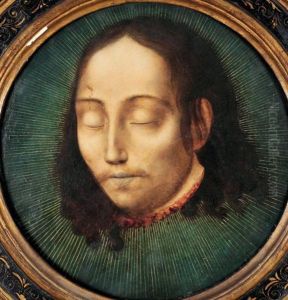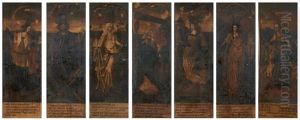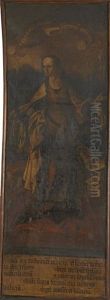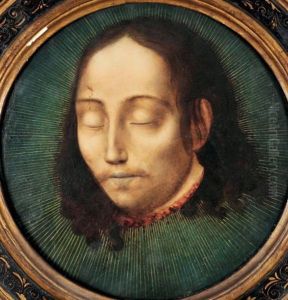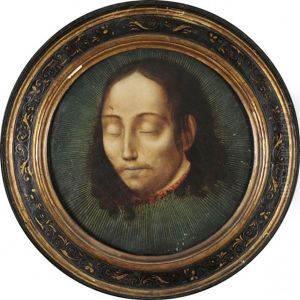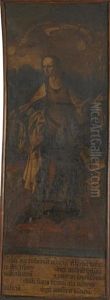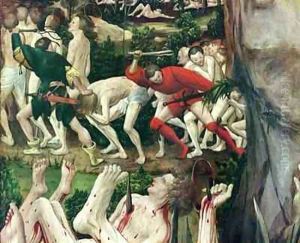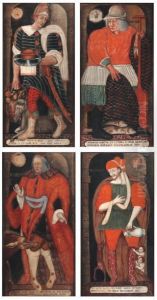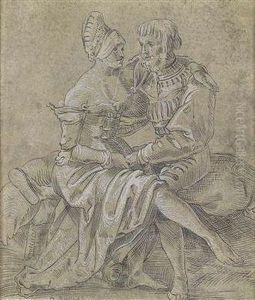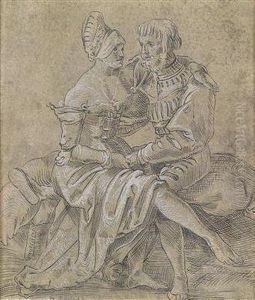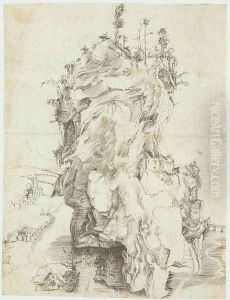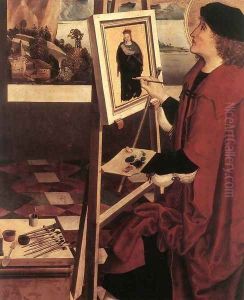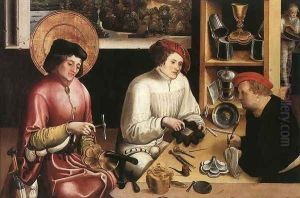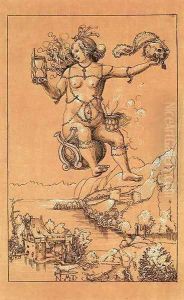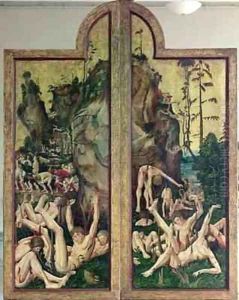Niklaus Manuel Deutsch Paintings
Niklaus Manuel Deutsch, born in 1484 in Bern, Switzerland, was a prominent figure in the Swiss Renaissance, known for his work as a painter, draftsman, writer, and reformer. His multifaceted career spanned various disciplines, making him a notable polymath of his time. Deutsch was deeply influenced by the social, political, and religious upheavals of the early 16th century, particularly the Reformation, which is reflected in his artworks and writings.
Deutsch's artistic output includes religious themes, allegorical scenes, and portraits, characterized by a critical and sometimes satirical view of the Catholic Church and its clergy, which aligned with the Reformation's critique of ecclesiastical corruption. His works are noted for their detailed execution, vivid expression, and the incorporation of humanist and reformist ideas. Among his most famous works are his allegorical and mythological paintings, as well as his sketches and woodcuts that were widely distributed and influential in spreading Reformation ideas.
Beyond his artistic contributions, Niklaus Manuel Deutsch was actively involved in the political and religious life of Bern. His engagement in the Reformation movement in Switzerland was significant; he was a friend and supporter of key reformers like Huldrych Zwingli and played a role in the iconoclastic movement, which sought to remove images from churches in line with Reformed theology. His writings, including plays and poems, often tackled religious themes and criticized the Catholic Church, contributing to the religious discourse of his time.
Deutsch's death in 1530 marked the end of a prolific career that left a lasting impact on Swiss art and the Reformation. Despite being a figure of considerable historical importance, Niklaus Manuel Deutsch has not always received the same level of recognition as some of his contemporaries. However, his work remains an essential part of the study of Renaissance art and the Reformation, reflecting the complex interplay between art, religion, and society in early modern Europe.
